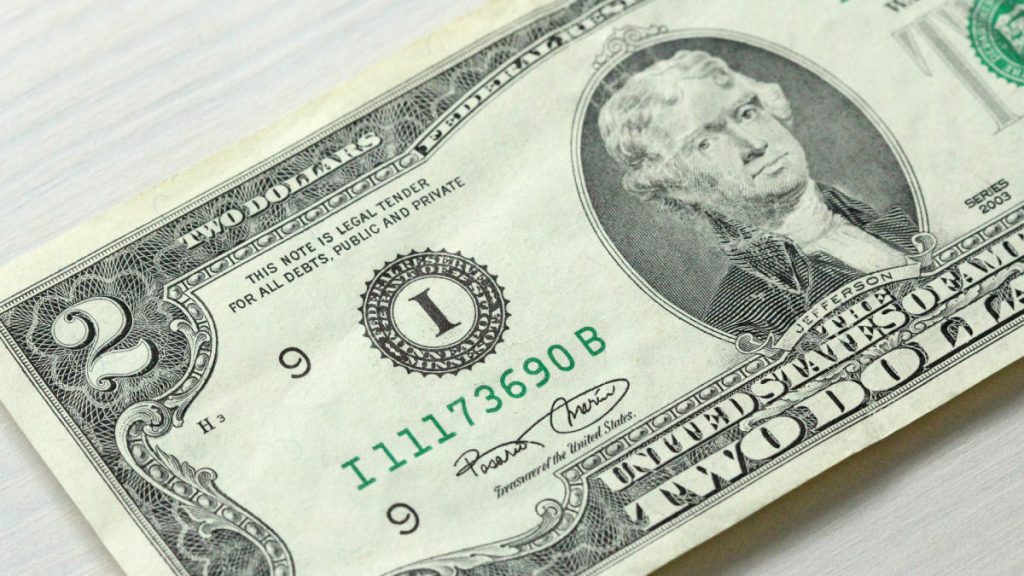Bank teller Rachael P. explains that asking for $2 bills from the bank can be more trouble than it’s worth. She reveals that most banks don’t keep a large supply of $2 bills on hand and often have to special order them, which can be a hassle. Additionally, cash drawers are typically set up for standard denominations, so adding $2 bills can disrupt the flow and make it harder to balance at the end of the day. Newer tellers may also be unfamiliar with $2 bills, leading to confusion and potential delays in transactions.
Furthermore, Rachael points out that many people believe $2 bills are fake or rare, leading to confusion and reluctance to accept them as payment. Additionally, $2 bills are more likely to be hoarded as keepsakes rather than spent, further limiting their circulation in the economy. This can result in businesses returning unwanted $2 bills to the bank, creating a surplus that can be difficult to reintroduce into circulation.
In addition to causing confusion and slowing down transactions, $2 bills are generally not practical for everyday use. While they may be considered cute or quirky, the novelty of using them as currency can wear off quickly, especially in situations where efficiency is key. Ultimately, unless you are a serious collector or specifically seeking out $2 bills for a unique purpose, it is best to leave them at the bank according to Rachael.
Overall, Rachael emphasizes that $2 bills are more than just a whimsical form of currency. They can disrupt the flow of banking transactions, confuse both customers and bank employees, and create logistical challenges for businesses. While $2 bills may have a certain charm, their limited circulation and practicality make them less than ideal for everyday use. For those looking to streamline their transactions and avoid unnecessary complications, it’s best to stick with more commonly accepted denominations.


